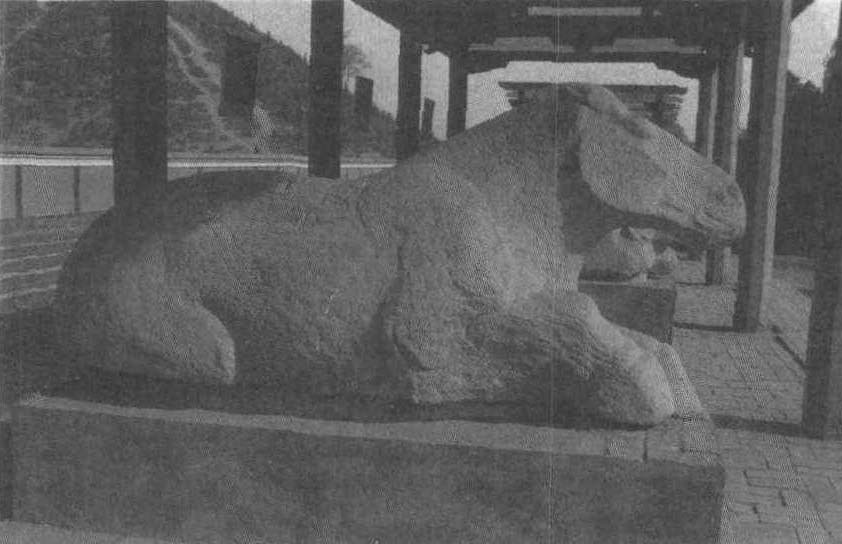茂陵霍去病墓西汉石刻
在兴平县汉茂陵陵园内。是汉代石雕艺术中最具代表性的一组大型群雕。计有“马踏匈奴”、跃马、卧马、牯牛、伏虎、野猪、怪兽吃羊、人与熊、石人、卧象、蛙、蟾、鱼等23件作品。刻于西汉元狩六年(前116)。石刻“因石而得形,因形而造意,因意而施工”,气势恢宏,含蓄深沉,极具概括性。还运用圆雕、浮雕、线刻混合的手法,是中国立体石雕在摆脱了商周时代玉石雕刻工艺而独立的第一批杰作。

| 词条 | 茂陵霍去病墓西汉石刻 |
| 类别 | 中文百科知识 |
| 释义 | 茂陵霍去病墓西汉石刻在兴平县汉茂陵陵园内。是汉代石雕艺术中最具代表性的一组大型群雕。计有“马踏匈奴”、跃马、卧马、牯牛、伏虎、野猪、怪兽吃羊、人与熊、石人、卧象、蛙、蟾、鱼等23件作品。刻于西汉元狩六年(前116)。石刻“因石而得形,因形而造意,因意而施工”,气势恢宏,含蓄深沉,极具概括性。还运用圆雕、浮雕、线刻混合的手法,是中国立体石雕在摆脱了商周时代玉石雕刻工艺而独立的第一批杰作。
|
| 随便看 |
开放百科全书收录579518条英语、德语、日语等多语种百科知识,基本涵盖了大多数领域的百科知识,是一部内容自由、开放的电子版国际百科全书。